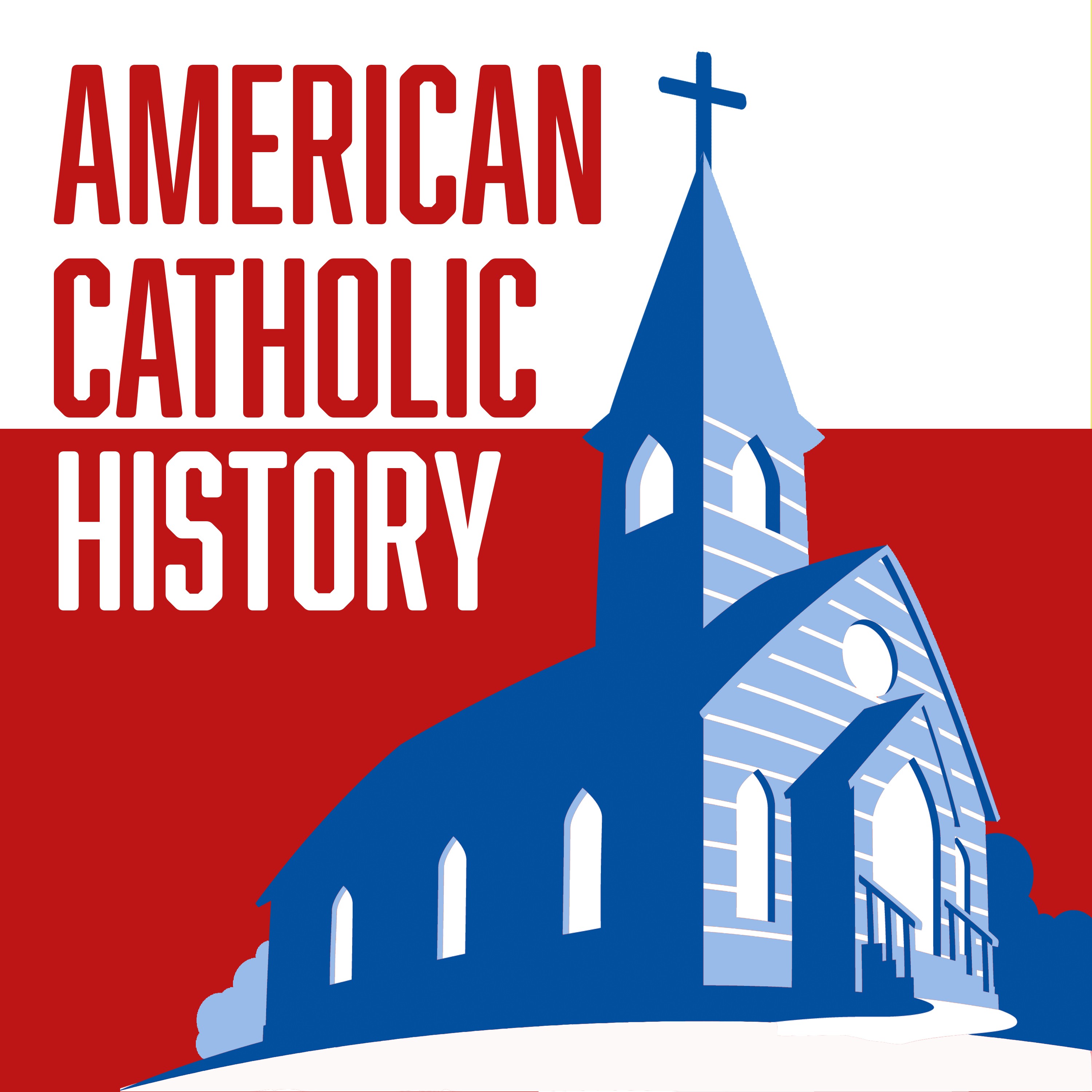Samuel Sutherland Cooper
Description
Samuel Sutherland Cooper is perhaps the most important person in the early Church in America whom you’ve never heard of. He was a convert, born Anglican, and was a successful sea captain and merchant based in Philadelphia, Pennsylvania. He traveled the world, tried many of the world’s delights, and became wealthy. But in in the early 1800s, illness and a strange voice from heaven compelled him to reconsider his vaguely Christian beliefs. He eventually became Catholic, and then entered seminary. His friends thought his conversion and decision to enter seminary were a reaction to a bad experience with a woman — or that he’d just lost his mind. But he persevered, was ordained, and became one of the most important priests in the early Catholic Church in America. The names of the Catholic figures with whom he was associated is a “who’s who” of the early Church in America: John Carroll, William DuBourg, Elizabeth Ann Seton, John Dubois, Gabriel Simon Brute, John England, the Hogan Schism, and John Cheverus. He likely also knew a young John Hughes, the future Archbishop of New York, while he was a professor at Mount St. Mary’s Seminary in Emmitsburg, Maryland. He even reportedly experienced a eucharistic miracle, when the host turned to bleeding flesh in his hand during Mass, while he was stationed in Augusta, Georgia. He was a man of energy, resourcefulness, and a deep desire to save souls who worked tirelessly and zealously to that end. When illness sapped his energy he moved to Bordeaux, France, where his old friend, John — Jean — Cheverus had become the cardinal archbishop. Cardinal Cheverus died in his arms, and he died a few years later of pneumonia, being buried in the cathedral near the tomb of Cardinal Cheverus.
More Episodes
In January 1634 two ships, The Ark and The Dove landed on St. Clement Island in the Potomac River, within the new colony of Maryland. The two ships were built by George Calvert, the first Baron Baltimore, to help him establish a colony of his own in the Americas. And with his conversion to...
Published 11/19/24
During World War I, the Knights of Columbus did more than anyone else — including the U.S. government — to help soldiers serving overseas, or even in remote parts of the U.S. Through their huts the “Caseys” distributed stationery, gum, playing cards, cigarettes, and so much more. Catholic...
Published 11/15/24
Published 11/15/24


